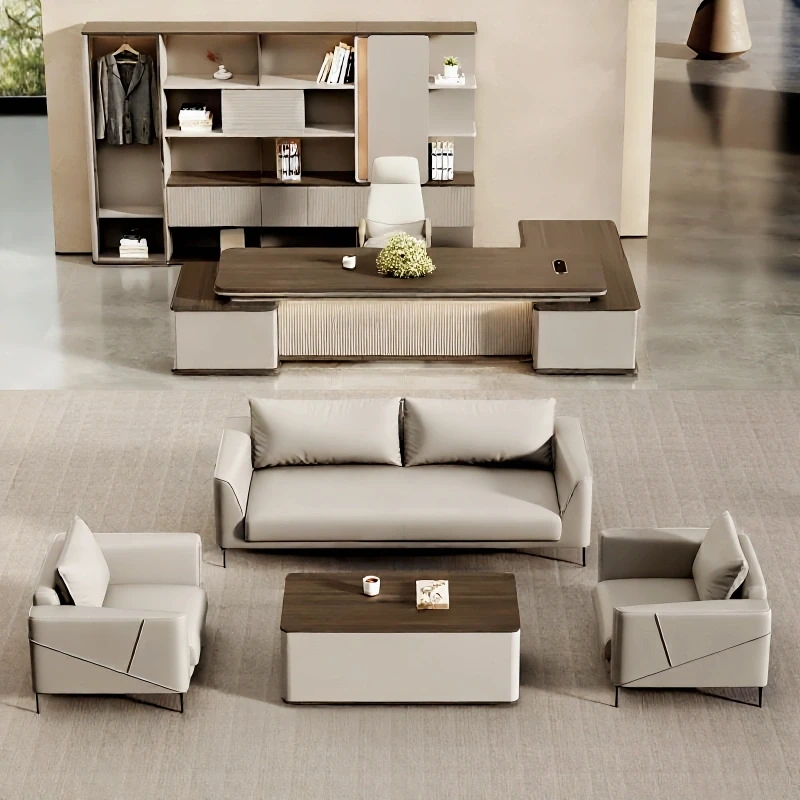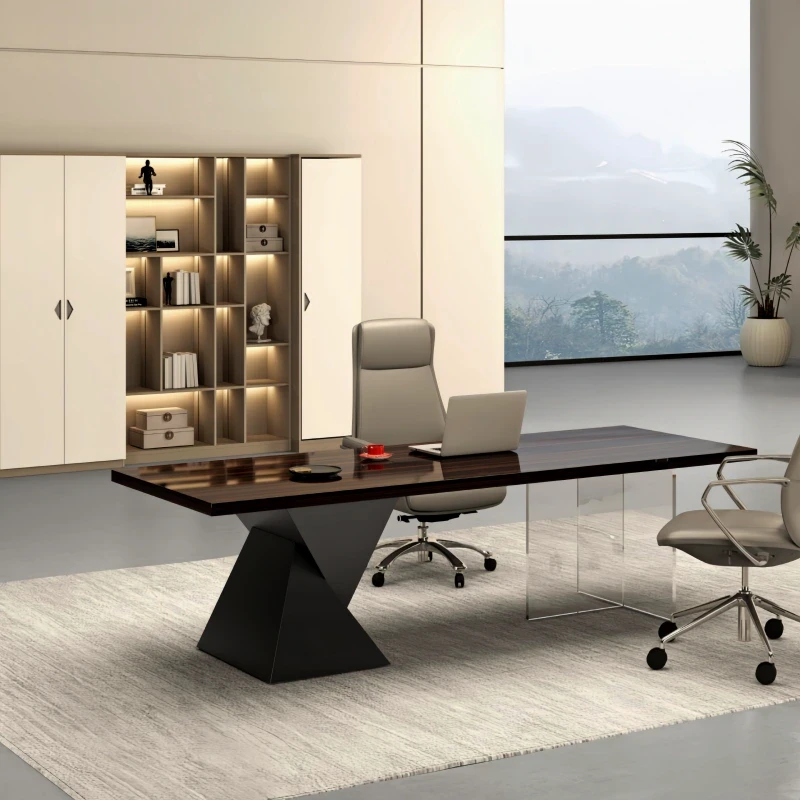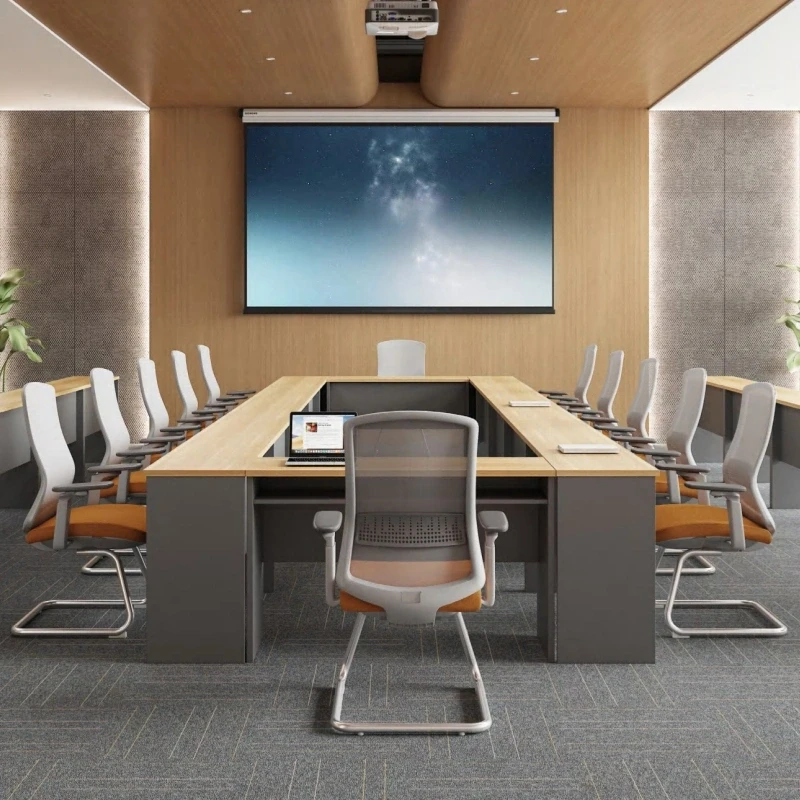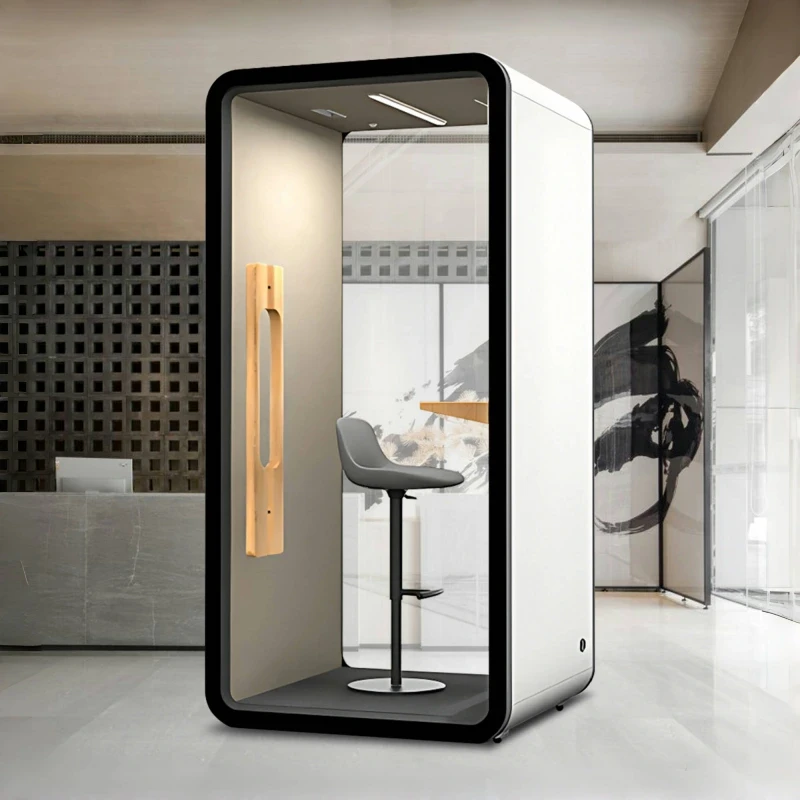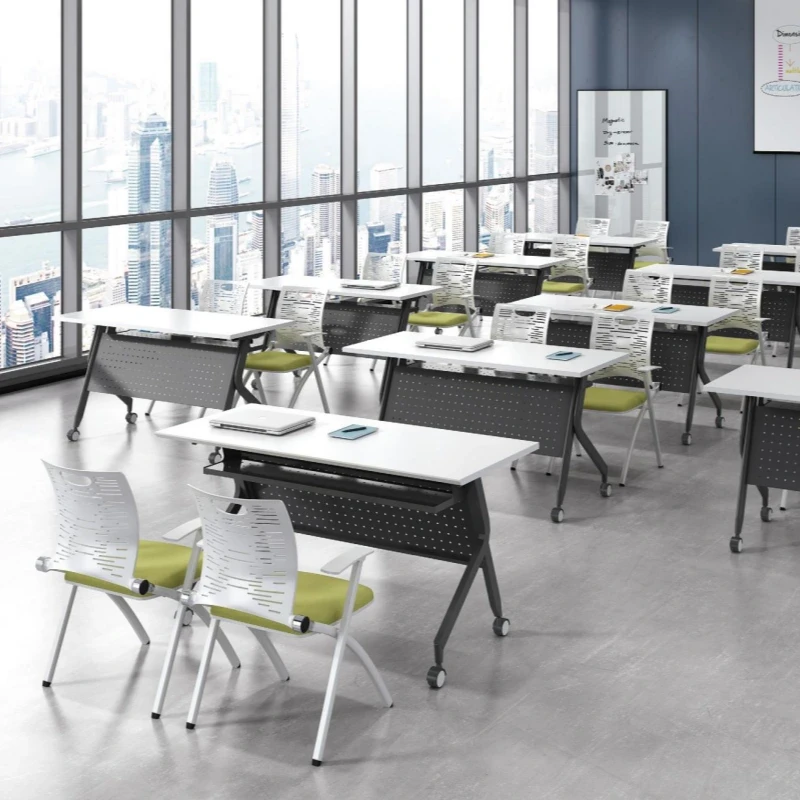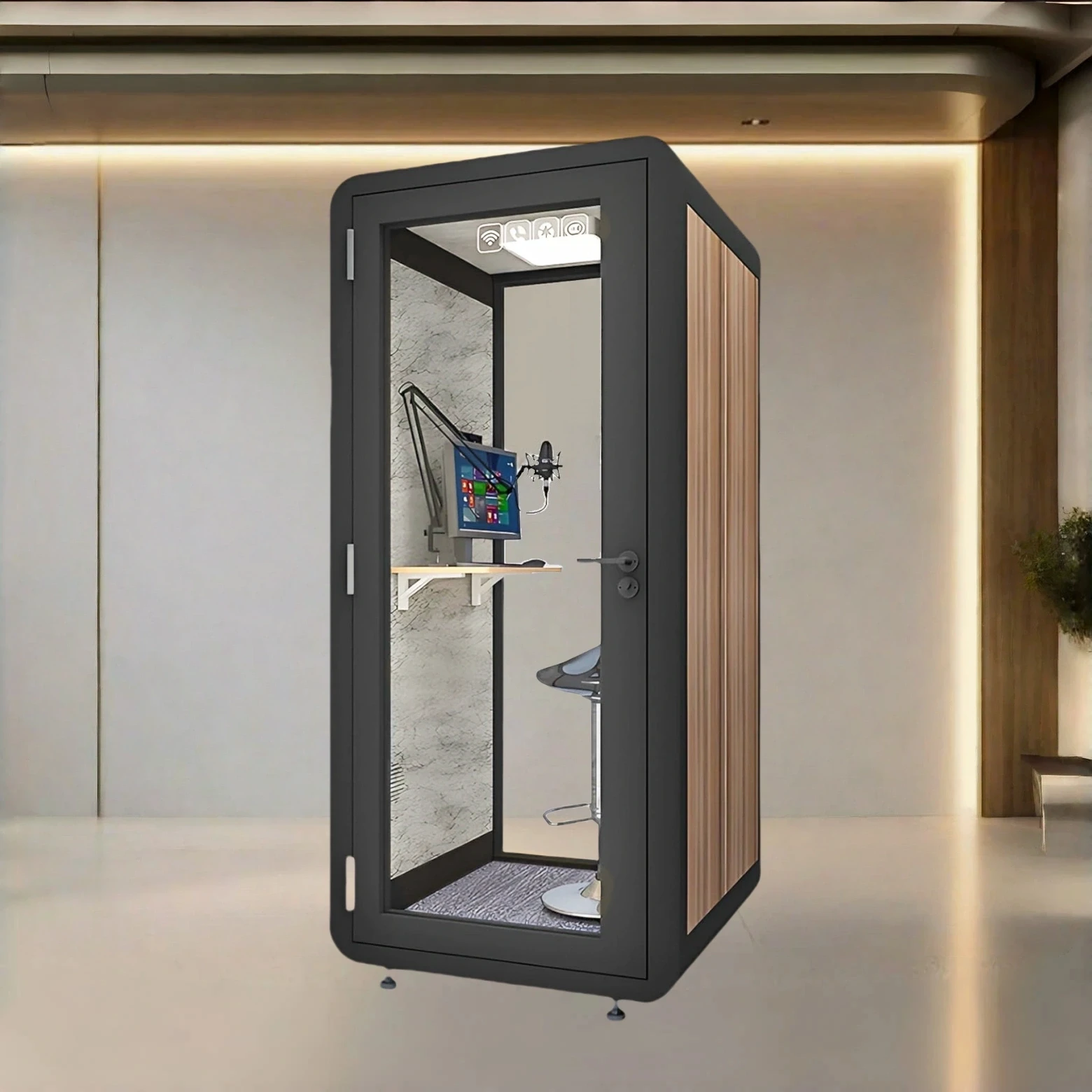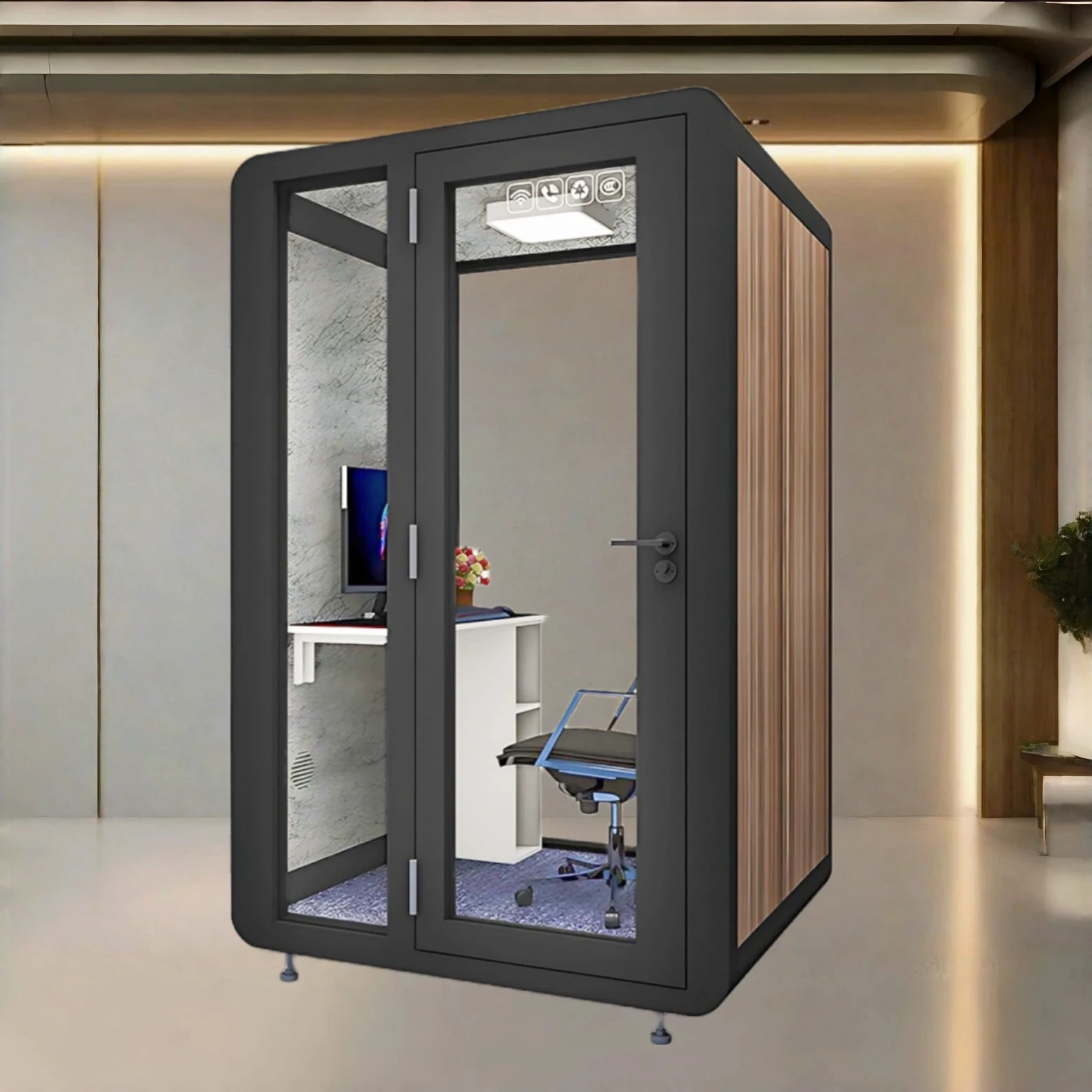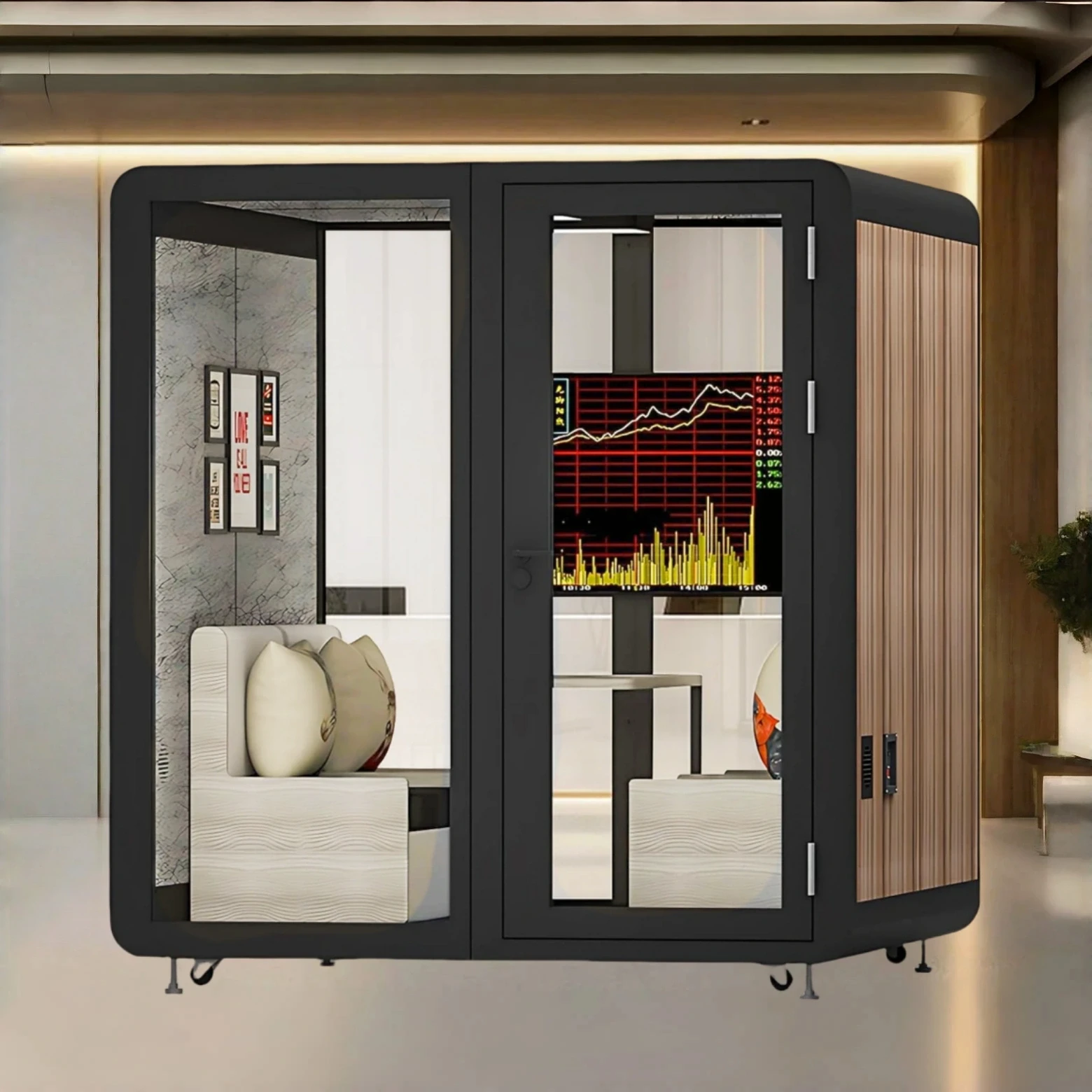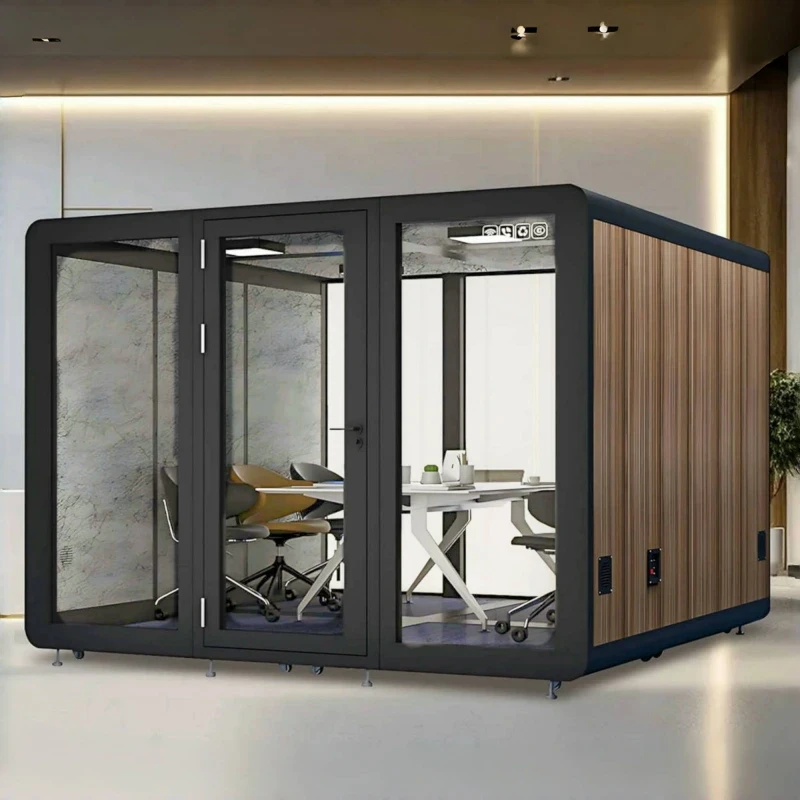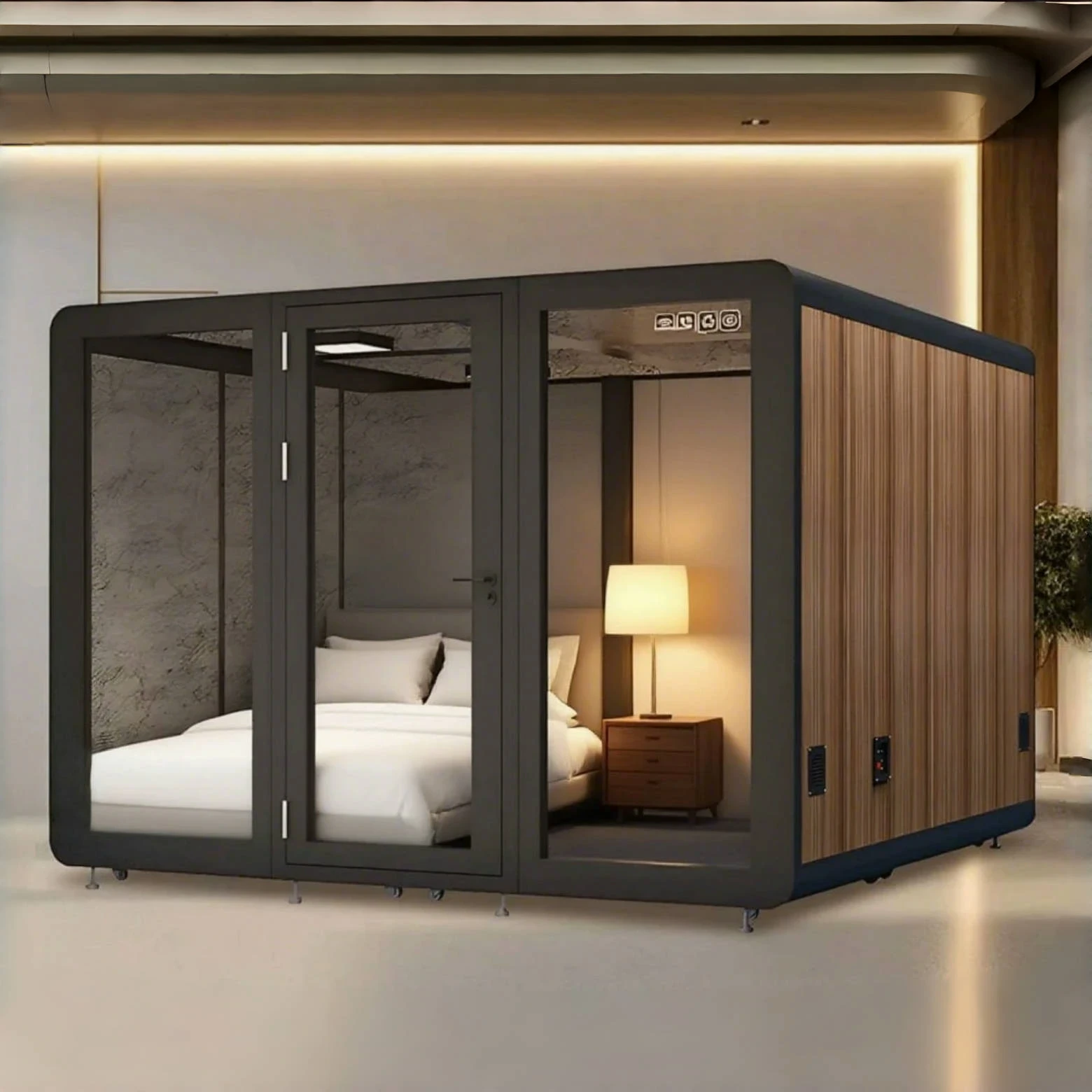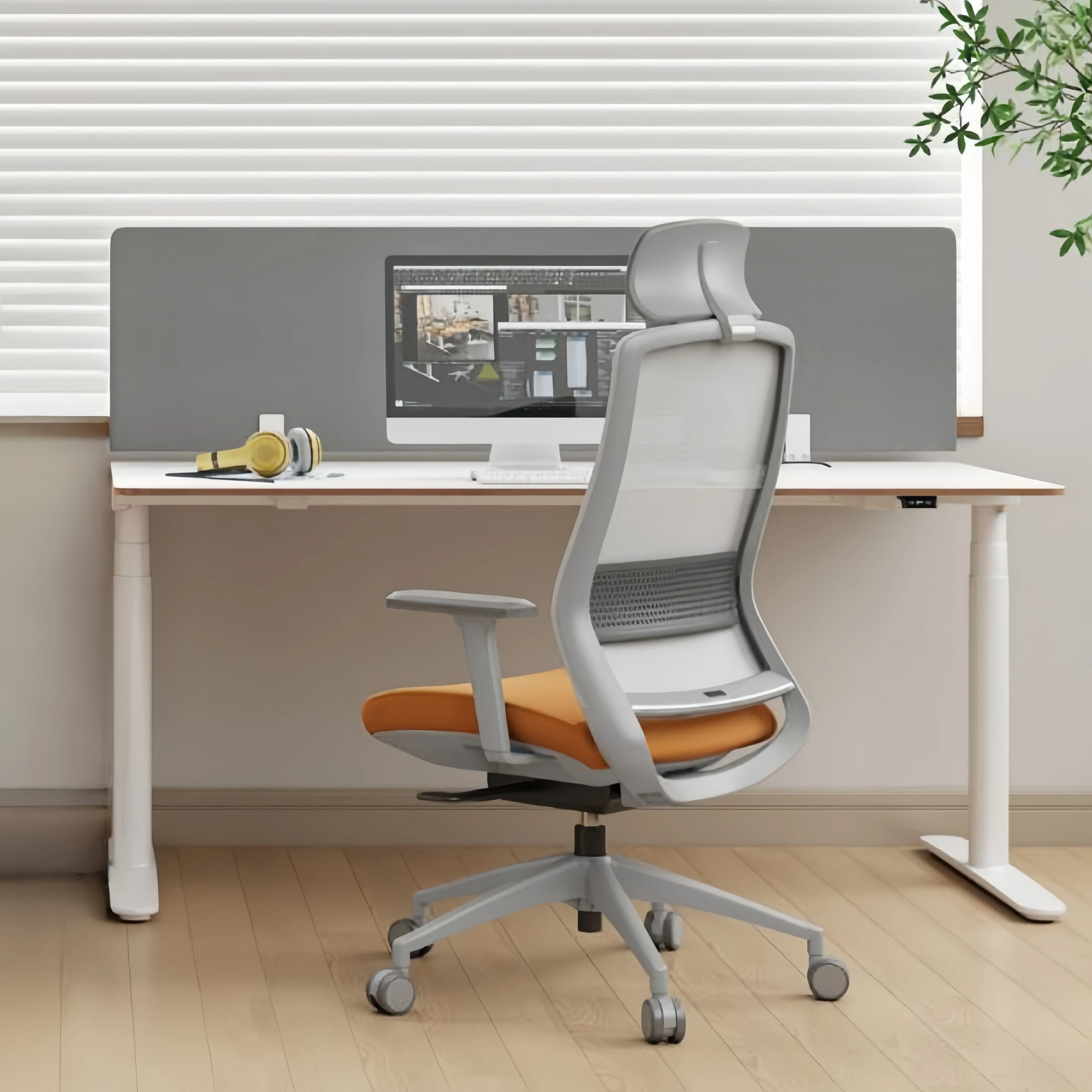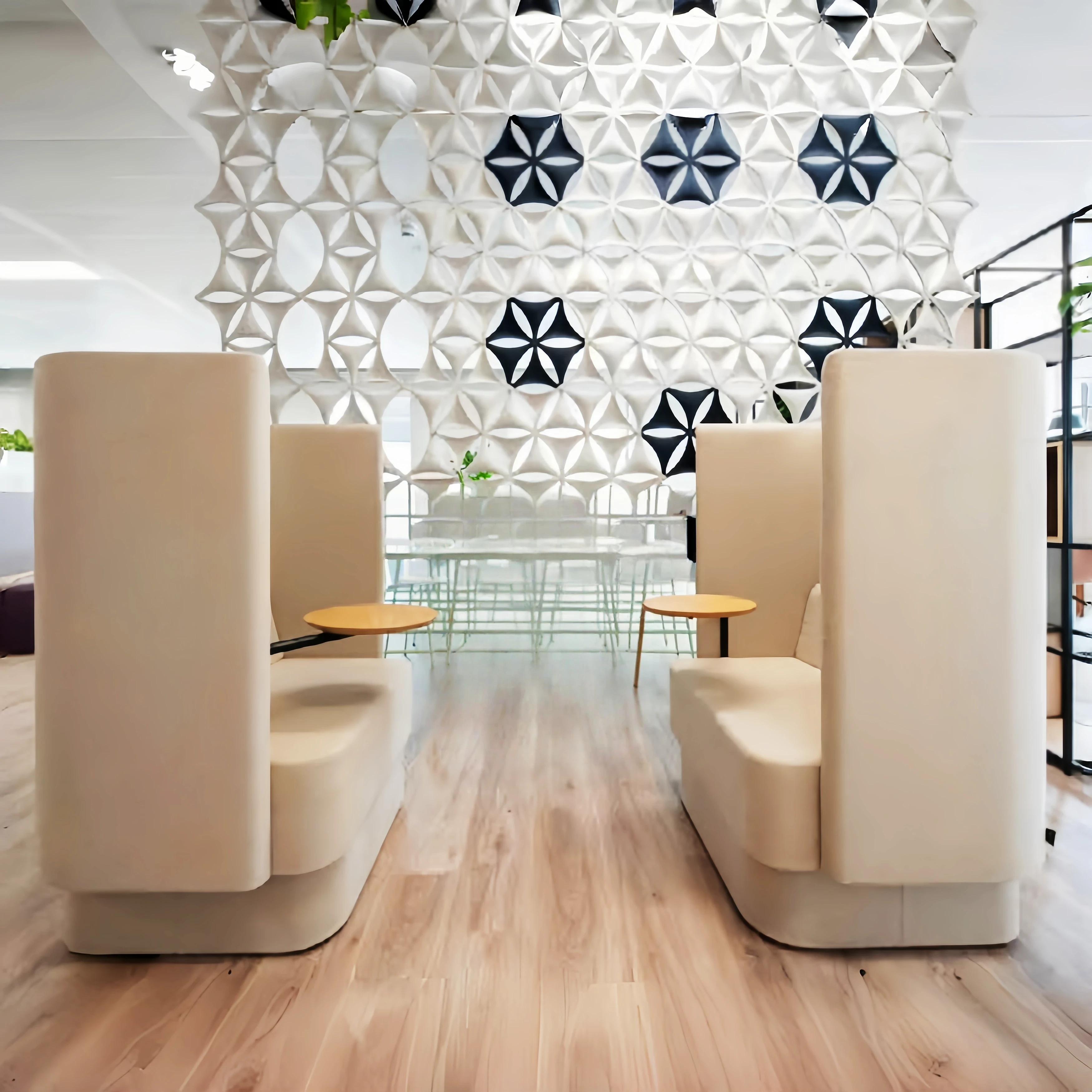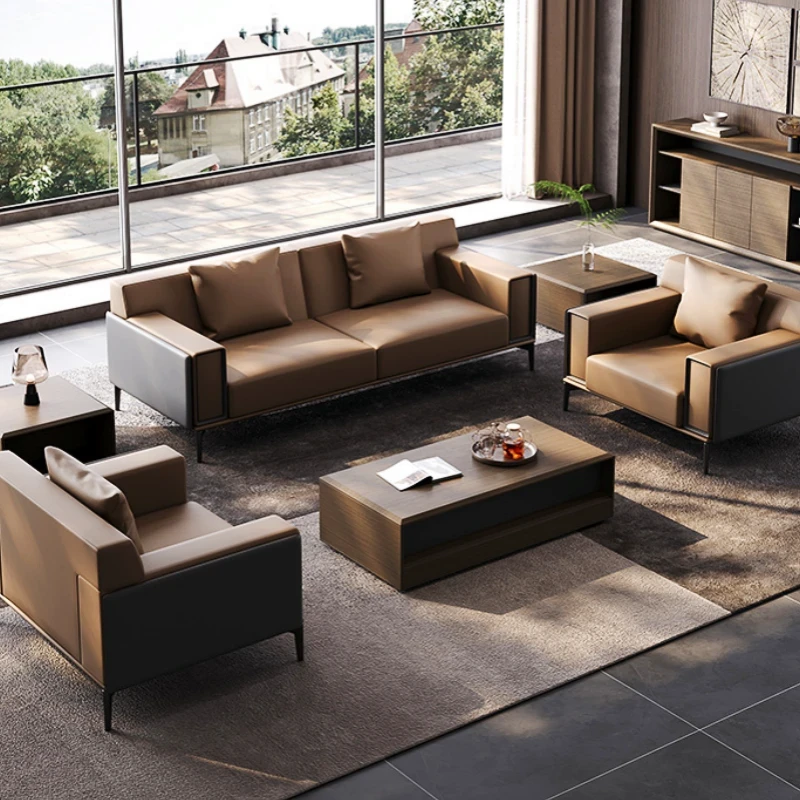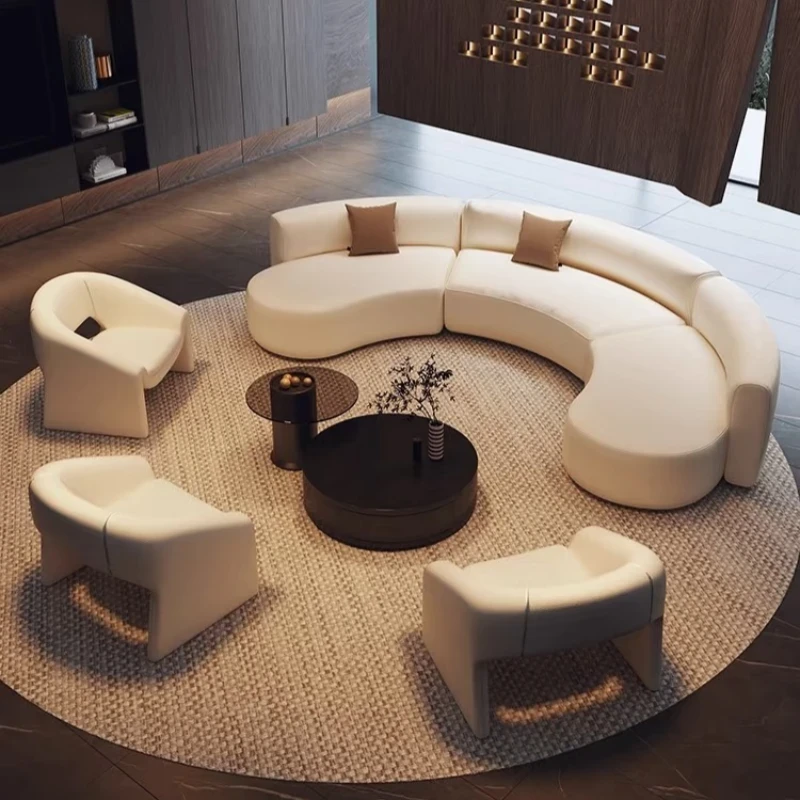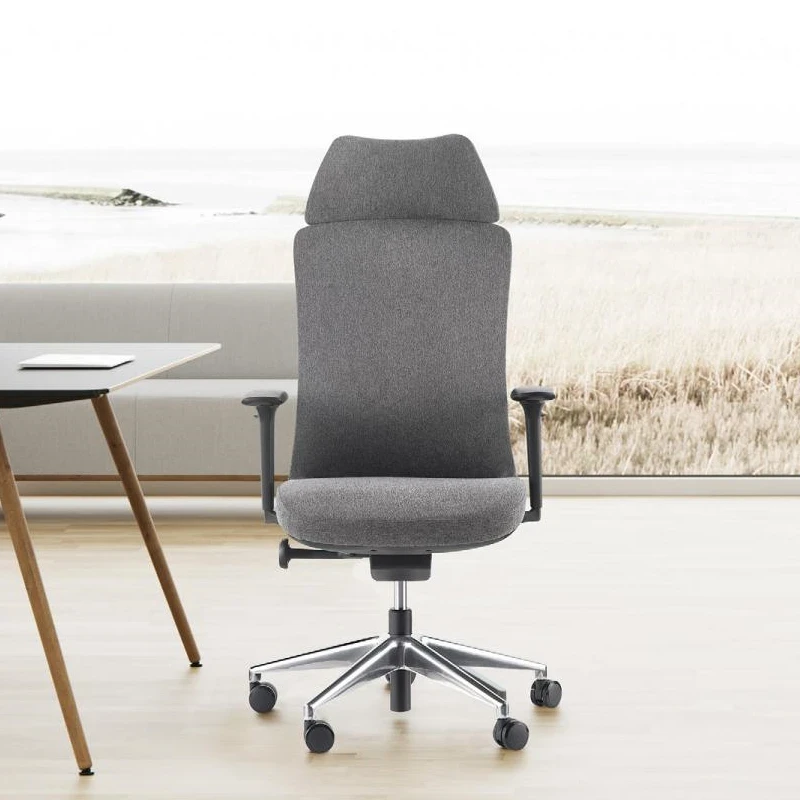The CEO's office decor is crucial. A good work environment not only demonstrates one's status but also impresses guests. Due to the unique nature of their profession, company bosses often have different requirements for office decor, including minimalist style and overall decorative style. So, what are the key elements in decorating a CEO's office? Let's analyze the key points of CEO office decor!
1. Leader's Office Features
A company leader's office should reflect the company's image and possess the following corporate characteristics: the walls should be painted in the company's theme colors, the national flag and company logo should be placed on the desk, and a company mascot should be placed in the corner. Furthermore, the office's design and layout should be elegant rather than luxurious, and should not leave a rustic impression.
The CEO's office reflects not only the company's overall style but also its overall image, so consider the company's cultural context when decorating the CEO's office.
2. Relatively Independent Office
While a single individual office is typically located, many companies locate senior management offices on the upper floors of their office building or in the deepest areas of the office space. The goal is to create a quiet, secure, and distraction-free office, providing a high degree of privacy for daily work.
If the president's office is on the same floor as staff offices, the office can be placed in the back, away from a crowded entrance or hallway. If the company's space is large enough or multi-story, consider designing the office space and the CEO's office separately, rather than on the same floor.
3. Spacious
In addition to considering a slightly larger office space, consider primarily using shorter office furniture to expand the visual space. The atmosphere in the president's office is not pleasant.
As a company president, receiving high-ranking guests is inevitable, so spaciousness is paramount. Some companies separate the reception and office spaces.
4. Convenient Operation
Generally speaking, reception rooms, meeting rooms, and secretarial offices are located near the decision-makers' offices. Many companies have director or manager offices in suites, with the reception or secretarial office located outside.
5. Temperament and Style
I believe many people understand that the office's decor must match the company's temperament to achieve perfect harmony and balance. Therefore, when decorating the president's office, the president's personality, character, and hobbies must be considered in harmony.
If your boss is an avid reader, then decorating their office should include a large bookshelf to house their favorite items. If your boss enjoys golfing, then designing a golf course is a good idea, allowing them to relax after get off work.
6. Feng Shui for a Leader's Office
The Oval Office is typically located in a location with ample visibility, fresh air, bright light, and a quiet, noise-free environment. Since the CEO's office emphasizes the feng shui principles of "anger" and "prosperity," it also emphasizes "popularity." Popularity here not only considers the surrounding area's popularity, but also requires a dense, flowing, and fast-flowing location that is appropriate for the surrounding population.
7. Symbol of Good Luck
From a feng shui perspective, office furniture is a key factor influencing luck, especially for business leaders. It not only looks more visually appealing but also brings a certain degree of "recruitment" or "prosperity."
The CEO's work attitude and working conditions play a decisive role in the overall operation of the company. Therefore, as the "head of the household," the CEO's office must adhere to the principles of feng shui to maximize profits for the company.
The president's office should be square, ideally without corners or pillars. Founder, dignity, and openness are hallmarks of corporate development.
The chairman's seat should not face the main door. Indoor desks should be placed away from windows, with dimly lit desks placed closer. The size of the desk should be balanced with the space and the president's size.
8. Keeping Up with the Times in Office Decoration
The president's office should be distinctive and instantly recognizable. Therefore, soft furnishings should create a unique style while also blending in with the overall design. Based on the boss's temperament and taste, office furniture and soft furnishings of various materials can be selected to create a variety of styles, including calm, elegant, grand, and simple.
9. Corporate Image
Companies of different attributes face different business and partner relationships. Therefore, choosing the right office decor is crucial for enhancing the company's image and promoting business development.
The president's position as a company leader not only reflects his or her leadership but also reflects the company's overall external image. This positive image also enhances business cooperation. If this superficial image isn't properly implemented, clients are likely to doubt your capabilities and miss out on opportunities.
For some small businesses, space alone can only accommodate a limited office space. Optimizing every ounce of space within this limited space is a test of decision-makers' abilities. If office decor can integrate diverse styles within a well-designed space, enhancing the overall office experience, it can leave a positive impression on visiting clients.

 USD
USD
 GBP
GBP
 EUR
EUR
